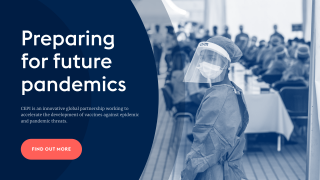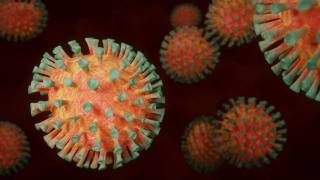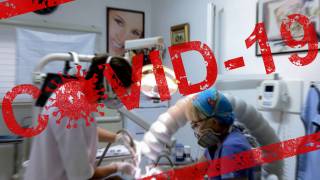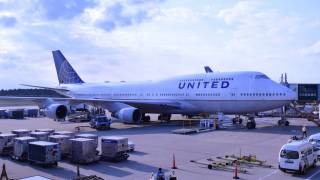US Launches ‘Innovative Arriving Passenger Screening’

As the SARS-CoV-2 virus pandemic continues, the United States Government (USG) is taking an innovative approach to help keep international air passengers healthy.
Announced on September 9, 2020, a new, effective strategy focuses on the continuum of travel and the individual passenger, including pre-departure and post-arrival education, efforts to develop a potential testing framework with international partners, and illness response.
This USG strategy is consistent with the current phase of the pandemic and more effectively protects the health of the American public.
Beginning September 14, 2020, the USG will remove requirements for directing all flights carrying airline passengers arriving from, or recently had a presence in, certain countries to land at one of 15 designated airports and halt enhanced entry health screening for these passengers.
Currently, enhanced entry health screening is conducted for those arriving from, or with recent presence in, China (excluding the Special Administrative Regions of Hong Kong and Macau), Iran, the Schengen region of Europe, the United Kingdom (excluding overseas territories outside of Europe), Ireland, and Brazil.
The USG says it ‘has a better understanding of COVID-19 transmission that indicates symptom-based screening has limited effectiveness because people with COVID-19 may have no symptoms or fever at the time of screening, or only mild symptoms.
And the transmission of the coronavirus may occur from passengers who have no symptoms or who have not yet developed symptoms of infection.
Therefore, CDC is shifting its strategy and prioritizing other public health measures to reduce the risk of travel-related disease transmission.
USG resources will instead be dedicated to more effective mitigation efforts that focus on the individual passenger, including pre-departure, in-flight, and post-arrival health education for passengers; robust illness response at airports; a voluntary collection of contact information from passengers using electronic means as proposed by some airlines to avoid long lines, crowding and delays associated with manual data collection; potential testing to reduce the risk of travel-related transmission of the virus that causes COVID-19 and movement of the virus from one location to another.
Additionally, country-specific risk assessments to assist passengers in making informed decisions about travel-related risk; enhancing training and education of partners in the transportation sector and at United States ports of entry to ensure recognition of illness and immediate notification to CDC; and post-arrival passenger recommendations for self-monitoring and precautions to protect others, with enhanced precautions, including staying home to the extent possible for 14 days for people arriving from high-risk destinations.
‘By refocusing our mitigation efforts on individual passenger risk throughout the air travel journey, the USG can most effectively protect the health of the American public,’ concluded this CDC statement.
The CDC says ‘Getting vaccinated against infectious disease is one of the most effective ways to protect your health while traveling abroad. Most travel vaccines need to be administered at least 1-month prior to departure to ensure maximum protection.’
When traveling outside the USA, you should speak with a healthcare provider who is familiar with your destination.
International vaccination recommendations can be found here.
Vax-Before-Travel publishes research-based international travel news.
Our Trust Standards: Medical Advisory Committee

























